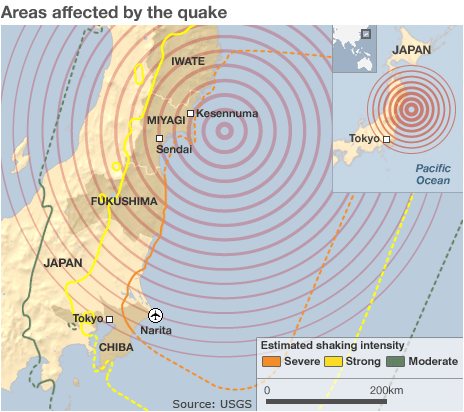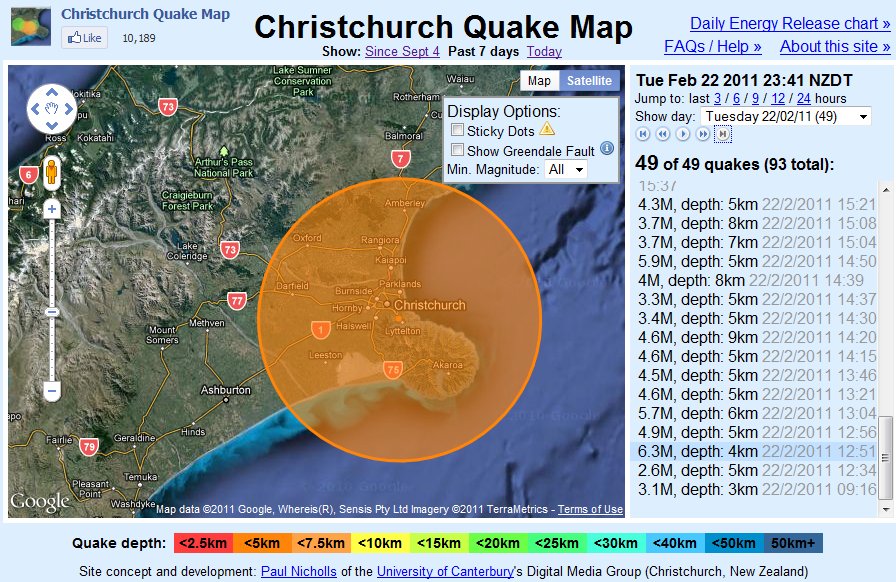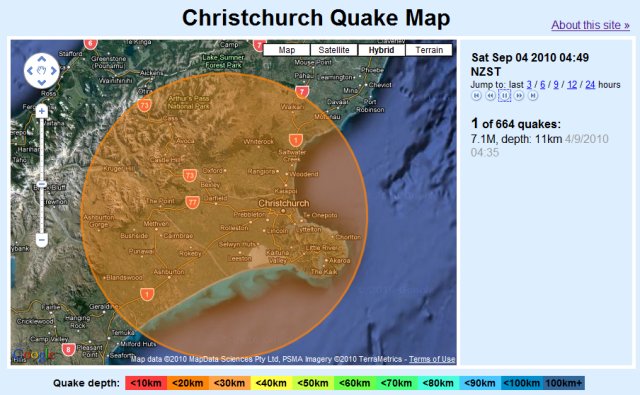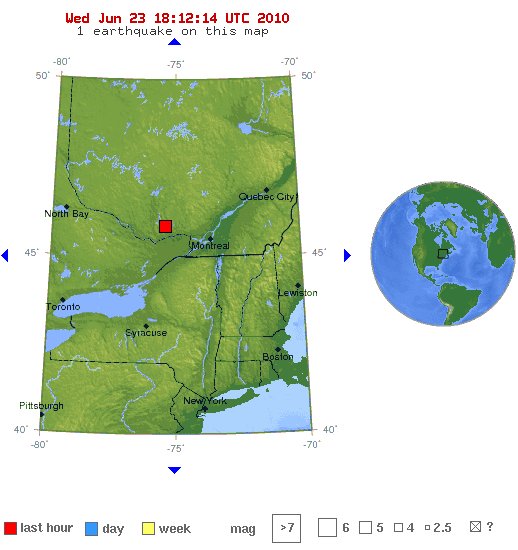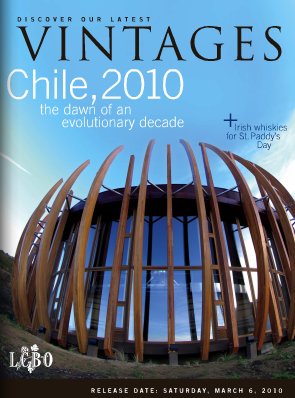Jon sent me this link, which discusses the media coverage of the Fukushima workers:
We hear of Fukushima workers “fleeing” the plant, when what happened is they left for a few hours.
We hear about the appearance of tiny amounts of radioactive iodine in Tokyo tap water — but nothing the next day, when it returns to safe levels.
We hear a thousand commentators mention one measurement that was ten million times normal — but nothing when that turns out to have been a measurement error, made by someone who had little sleep and the weight of the world on his shoulders.
We hear people spinning tales of “worst case scenarios” ten thousand times worse than anything that could plausibly happen — and almost nothing about the fact that the Fukushima reactors endured an earthquake 32 times as forceful as they had been designed for, followed by a tsunami twice as high, and still largely survived.
We hear about “plutonium in the soil” — but not that it’s an amount so tiny that pound for pound, bananas in the grocery store are five thousand times more radioactive.
The London Daily Mail reports that the workers “expect to die,” but not that the worst radiation exposure among all the workers amounts to about as much as 15 CT scans, a dose that not only isn’t fatal, but that has no observable health effects.
A lot of bad reporting seems to come from mere scientific illiteracy.
Not only scientific illiteracy, but willful illiteracy. Combine the need to file a story — the more sensational, the better — with the anti-scientific bias that’s been “baked in” to journalism students for two generations, and this is what you get.
Some of it may be simply that fear sells papers, and a headline that says “Catastrophe imminent” sells more papers than “Catastrophe averted.”
But a lot of it appears to be purposeful — it’s no coincidence that the people spinning the wildest tales of catastrophe have also turned out to be associated with vehemently anti-nuclear think tanks and political pressure groups.
Whether it’s because of ignorance or on purpose, the effect of this misreporting it to keep people afraid.

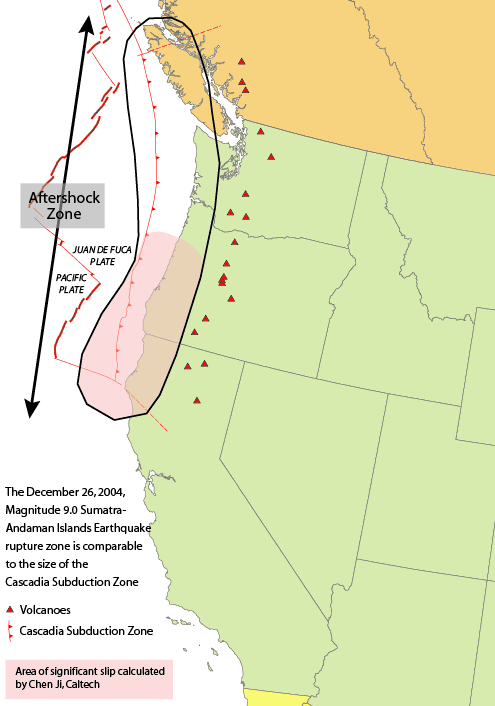 The most likely megaquake on the West Coast would be much further north — in fact, 50 miles off the coast between Cape Mendocino in northern California and Vancouver Island in southern British Columbia. This 680-mile strip of seabed is home to the Cascadia subduction zone, where oceanic crust known as the Juan de Fuca plate is forced under the ancient North American plate that forms the continent. For much of its length, the two sides of this huge subduction zone are locked together, accumulating stresses that are capable of triggering megaquakes in excess of magnitude 9.0 when they eventually slip. As such, Cascadia is more than a match for anything off the coast of Japan.
The most likely megaquake on the West Coast would be much further north — in fact, 50 miles off the coast between Cape Mendocino in northern California and Vancouver Island in southern British Columbia. This 680-mile strip of seabed is home to the Cascadia subduction zone, where oceanic crust known as the Juan de Fuca plate is forced under the ancient North American plate that forms the continent. For much of its length, the two sides of this huge subduction zone are locked together, accumulating stresses that are capable of triggering megaquakes in excess of magnitude 9.0 when they eventually slip. As such, Cascadia is more than a match for anything off the coast of Japan.